Sacred Streets: Lisbon's Church & Landmark Odyssey
Join us on a captivating free walking tour through Lisbon's historic streets, where churches and landmarks whisper tales of the past and vibrant culture.
Time
3 Hours
Stops
9 Places
Distance
2.9 km
Praça do Comércio
Start your exploration at Praça do Comércio, Lisbon's grand riverside square, which offers stunning views of the Tagus River and is a central hub of the city's history and culture.
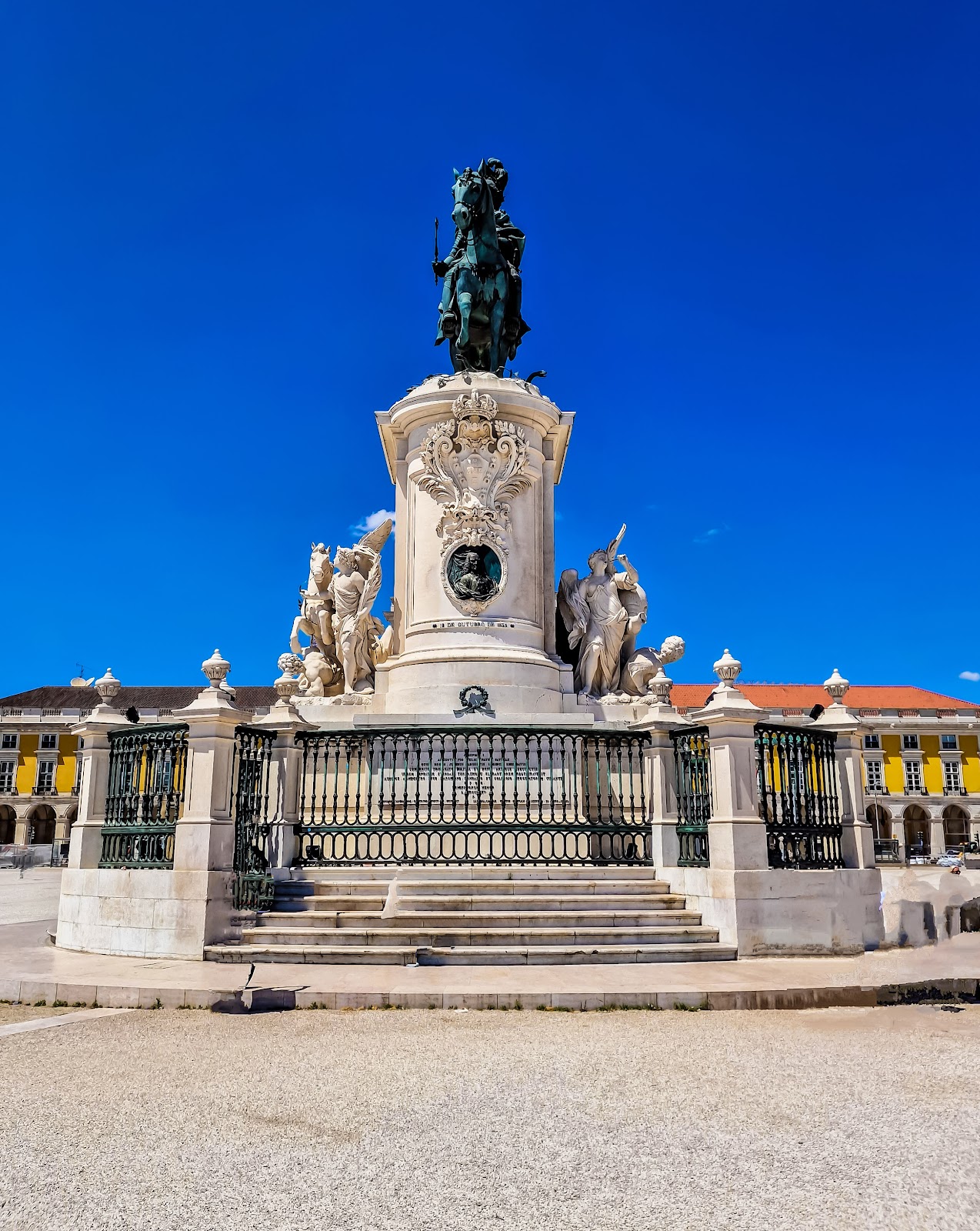
Praça do Comércio (Source: Google Maps)
Praça do Comércio, also known as Terreiro do Paço, is one of Lisbon's most iconic squares. It was constructed after the 1755 earthquake, symbolizing the city's rebirth. Surrounded by stunning neoclassical buildings and featuring the grand Arco da Rua Augusta, the square offers breathtaking views of the Tagus River. Historically, it served as a hub for royal ceremonies and trade, making it a vital part of Lisbon's maritime heritage. The square's open space is often filled with events, markets, and local artists, making it a lively center of cultural activity.
Church of St. Anthony (Igreja de Santo António)
Just a stone's throw from the Lisbon Cathedral, visit the Church of St. Anthony, built on the site where the saint is believed to have been born.
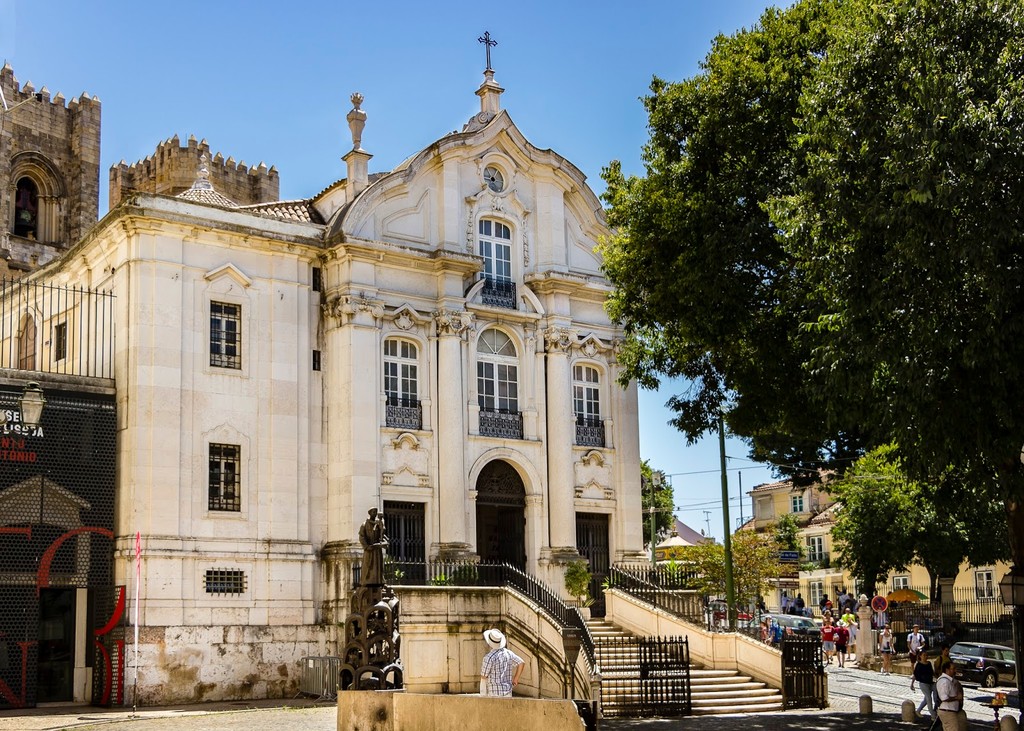
Church of St. Anthony (Igreja de Santo António) (Source: Google Maps)
The Church of St. Anthony is a revered site built over the birthplace of the beloved saint. Dating back to the 18th century, it showcases a Baroque architectural style, characterized by its ornate decorations and beautiful altars. The interior houses stunning azulejos (decorative ceramic tiles) depicting scenes from the saint's life. St. Anthony is known as the patron saint of lost things, and many locals visit the church to pray for help in finding love or lost items. The church's historical significance and connection to Lisbon's cultural identity make it a must-visit.
Lisbon Cathedral (Sé de Lisboa)
A short walk from Praça do Comércio, the Lisbon Cathedral is the city's oldest church, showcasing a blend of Romanesque, Gothic, and Baroque architectural styles.
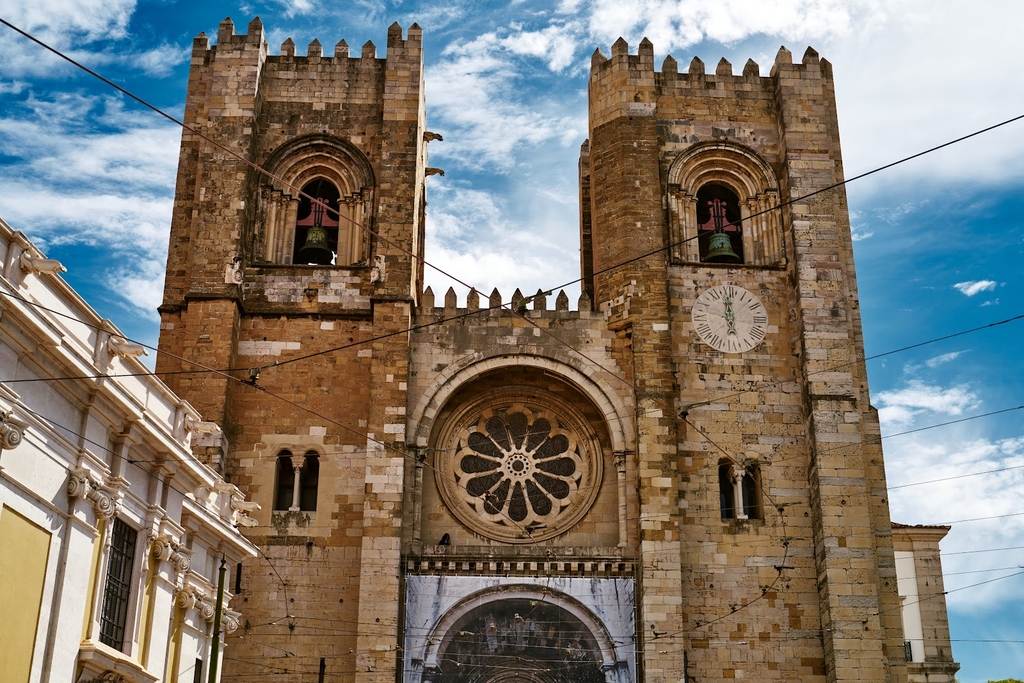
Lisbon Cathedral (Sé de Lisboa) (Source: Google Maps)
Lisbon Cathedral, or Sé de Lisboa, is the oldest church in the city, dating back to the 12th century. It exemplifies a mix of architectural styles, primarily Romanesque with Gothic and Baroque influences. The cathedral's robust structure, with its two imposing bell towers, reflects the resilience of Lisbon through centuries of turmoil, including the 1755 earthquake. Inside, visitors can find beautiful chapels, intricate altarpieces, and a stunning rose window. The cathedral holds significant cultural importance, serving as a spiritual center for locals and a historical landmark for tourists.
Miradouro de Santa Luzia
Enjoy a picturesque view over the Alfama district and the Tagus River at the Miradouro de Santa Luzia, a charming terrace adorned with azulejos (traditional Portuguese tiles).
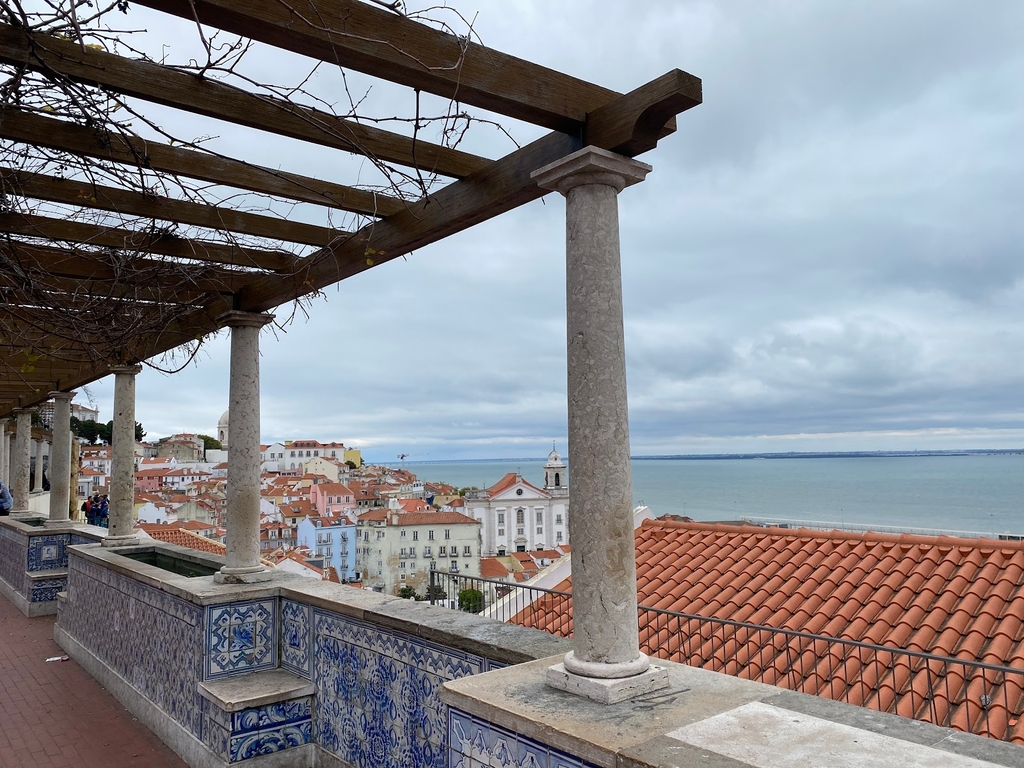
Miradouro de Santa Luzia (Source: Google Maps)
Miradouro de Santa Luzia is a picturesque viewpoint that offers breathtaking views of the Alfama district and the Tagus River. Adorned with traditional azulejos, the terrace provides a serene escape from the bustling streets below. The site is steeped in history, once part of a medieval convent, and now serves as a popular spot for photographers and visitors seeking to capture the beauty of Lisbon. The lush gardens and charming atmosphere make it an ideal location to relax and soak in the panoramic vistas of the city.
Igreja de São Miguel
Discover the small but beautiful Igreja de São Miguel, nestled in the Alfama district, known for its ornate interior and intimate setting.
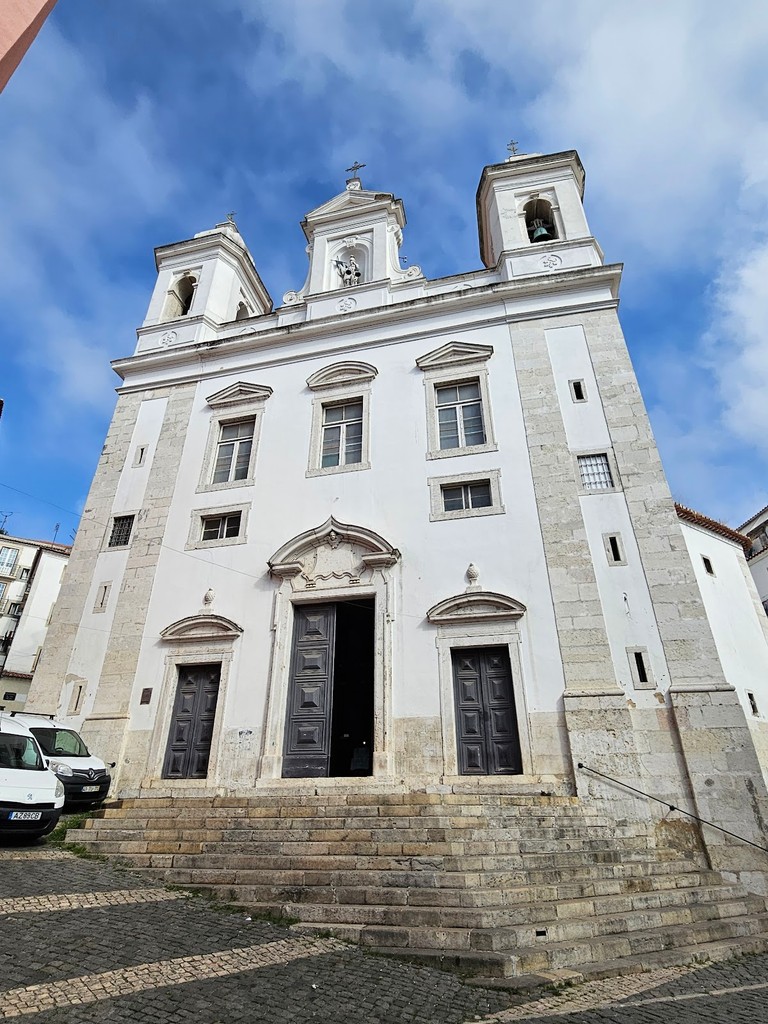
Igreja de São Miguel (Source: Google Maps)
Igreja de São Miguel is a charming church located in the heart of the Alfama district. Known for its intimate atmosphere, this small yet beautiful church features a stunning interior adorned with intricate tile work and religious art. The church has deep historical roots, dating back to the 12th century, and has undergone several renovations over the years. Its serene ambiance and rich history make it a beloved site for both locals and visitors, offering a glimpse into Lisbon's spiritual heritage.
Alfama District
Wander through the narrow, winding streets of the Alfama district, the heart of traditional Lisbon, known for its vibrant atmosphere and historic charm.
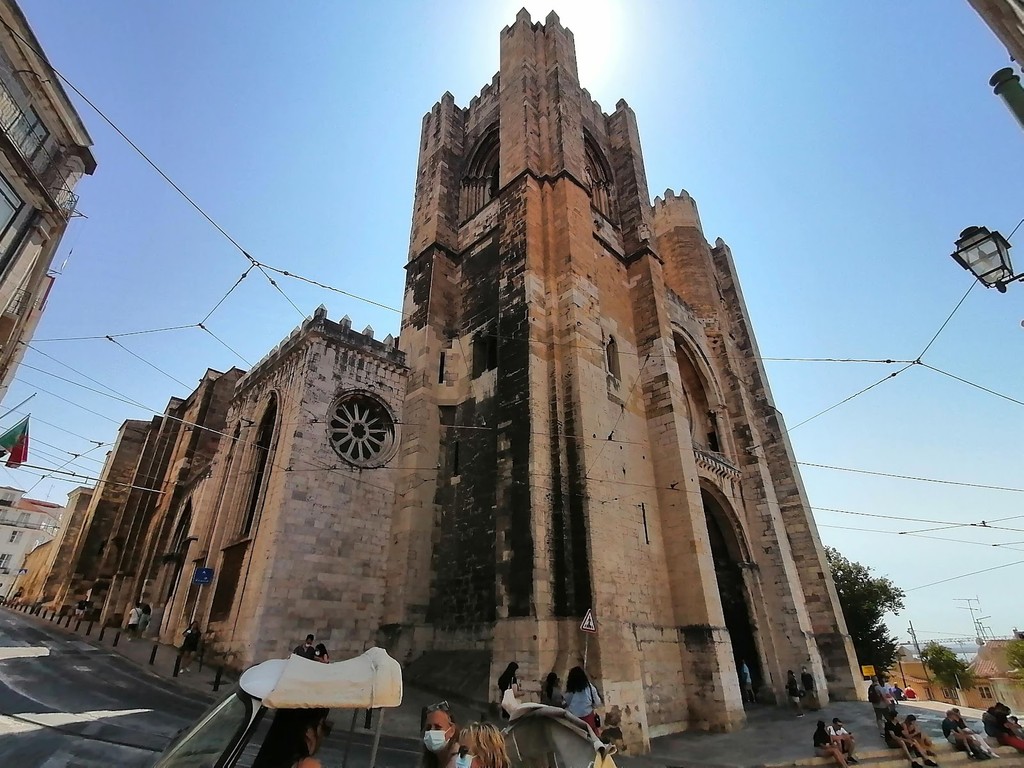
Alfama District (Source: Google Maps)
The Alfama district is the oldest neighborhood in Lisbon, characterized by its narrow, winding streets and traditional Portuguese architecture. This vibrant area is known for its rich history, lively atmosphere, and cultural significance, often associated with Fado music. Walking through Alfama feels like stepping back in time, with its quaint shops, local eateries, and the scent of grilled sardines wafting through the air. The district's resilience through various historical events, including the 1755 earthquake, has shaped its unique character, making it a fascinating place to explore.
São Vicente de Fora Church and Monastery
Continue your journey to São Vicente de Fora, a stunning 17th-century church and monastery known for its beautiful cloisters and panoramic views from the rooftop.
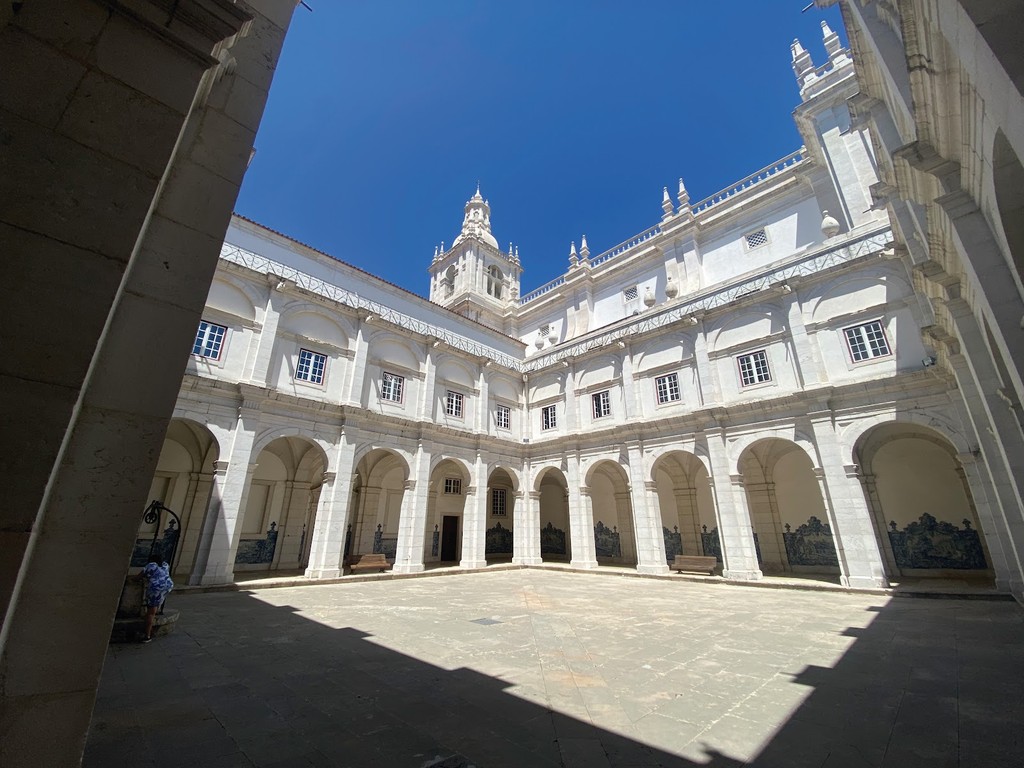
São Vicente de Fora Church and Monastery (Source: Google Maps)
The São Vicente de Fora Church and Monastery is a stunning example of 17th-century Mannerist architecture. The church is known for its impressive façade and beautiful cloisters that offer a peaceful retreat. Inside, visitors can admire intricate altarpieces and stunning tile work. The panoramic views from the rooftop provide a breathtaking backdrop of the city and the Tagus River. Historically, the monastery served as a significant religious site and is closely linked to the legacy of St. Vincent, the patron saint of Lisbon, making it a key landmark in the city.
National Pantheon (Panteão Nacional)
Visit the National Pantheon, a majestic building where many of Portugal's most important historical figures are entombed, offering insight into the country's rich heritage.
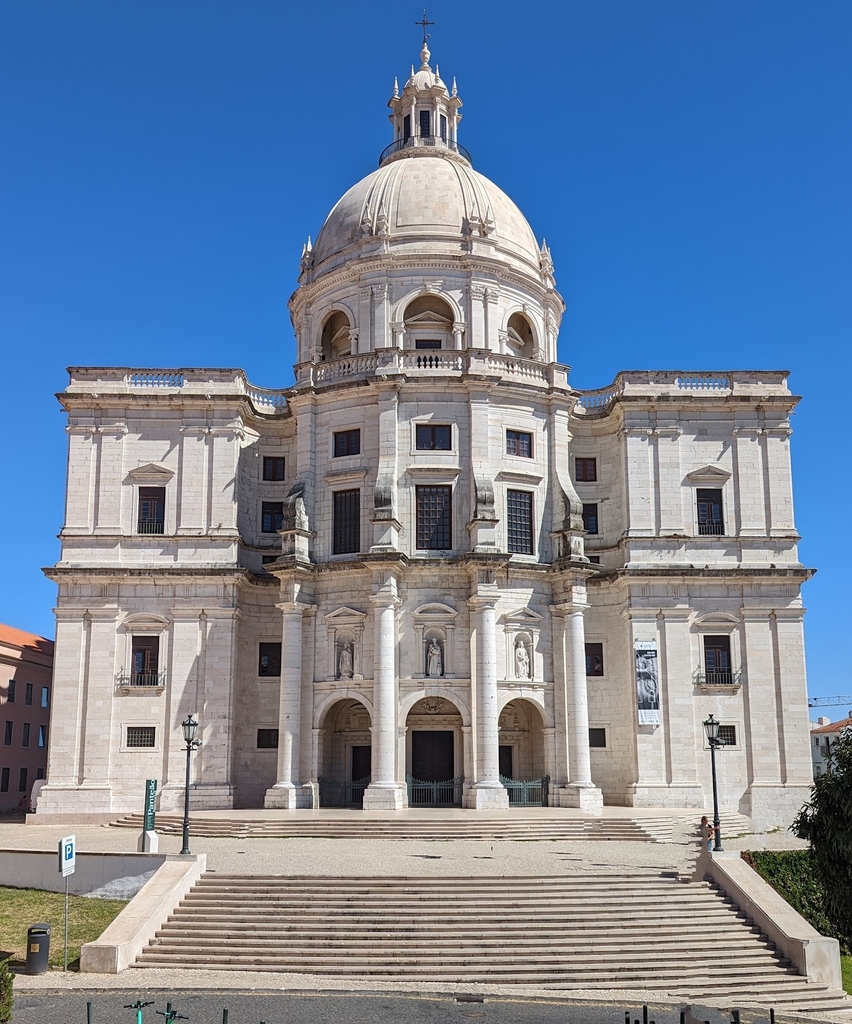
National Pantheon (Panteão Nacional) (Source: Google Maps)
The National Pantheon is a majestic building that serves as the final resting place for many of Portugal's most important historical figures. The grand dome and Baroque architecture make it a striking landmark in Lisbon. Inside, visitors can explore the beautifully decorated interior, which includes stunning chapels and intricate sculptures. The Pantheon not only honors the nation's heroes but also offers insight into Portugal's rich cultural heritage. Its significance as a site of national remembrance and celebration makes it a must-visit for anyone interested in the country's history.
Fado Museum (Museu do Fado)
End your tour at the Fado Museum, where you can learn about the traditional Portuguese music genre, Fado, deeply rooted in Lisbon's cultural identity.
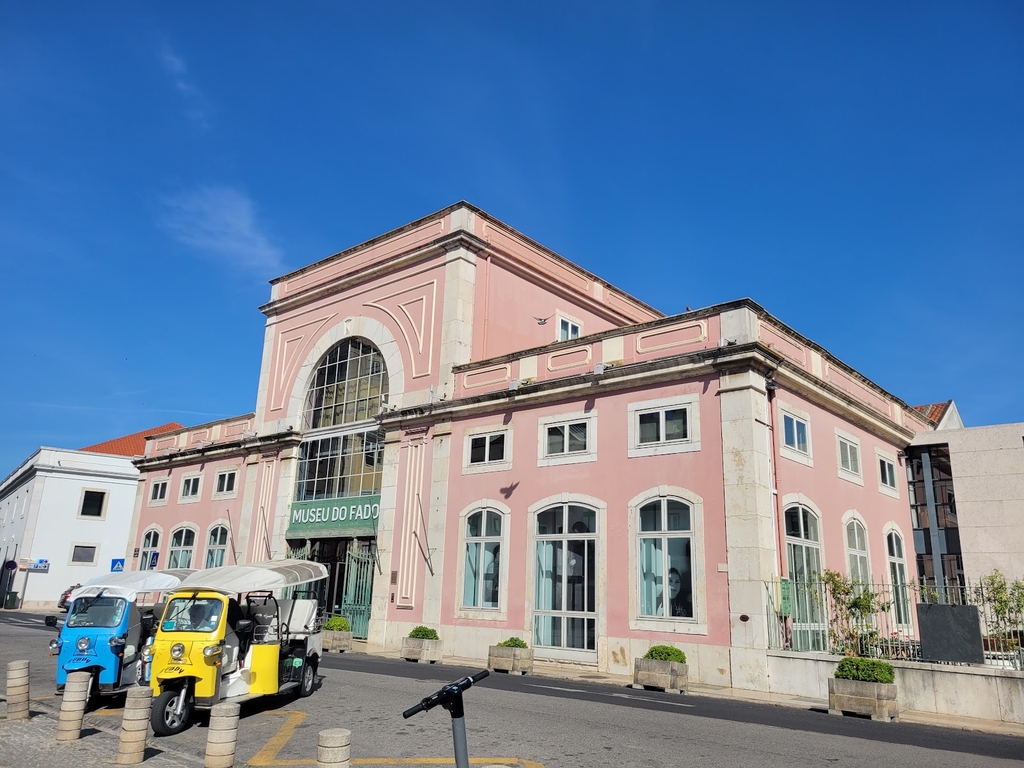
Fado Museum (Museu do Fado) (Source: Google Maps)
The Fado Museum is dedicated to Portugal's beloved music genre, Fado, which is deeply rooted in Lisbon's cultural identity. The museum showcases the history and evolution of Fado, featuring exhibits on its famous artists, traditional instruments, and the emotional stories behind the songs. Visitors can immerse themselves in the world of Fado, learning about its significance in Portuguese culture and its recognition by UNESCO as an Intangible Cultural Heritage. The museum often hosts live performances, allowing guests to experience the soulful melodies that define this unique musical tradition.

Your travels, your rules.
Create your own Free Walking Tours.
Set your preferences, distances and anything you want to do or see.
Completely free, no payment required.